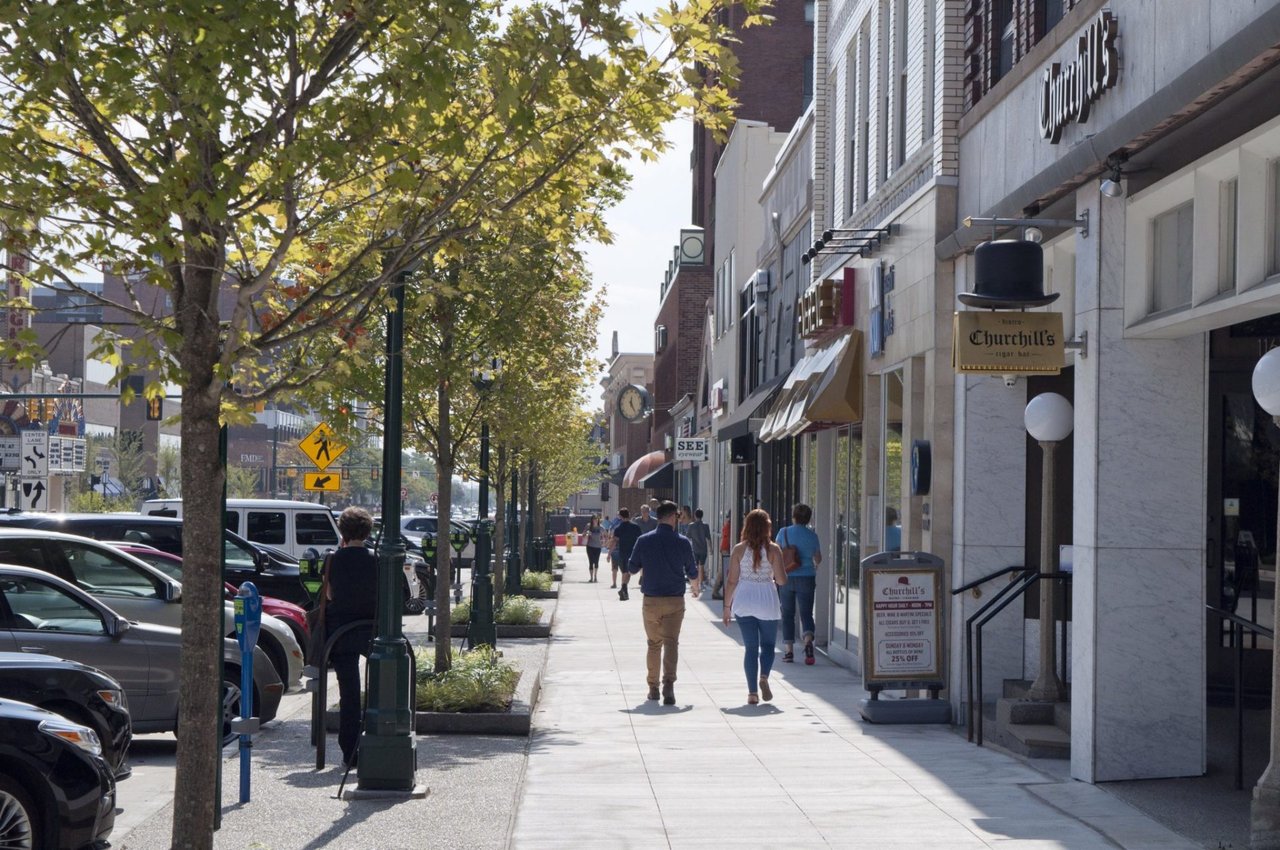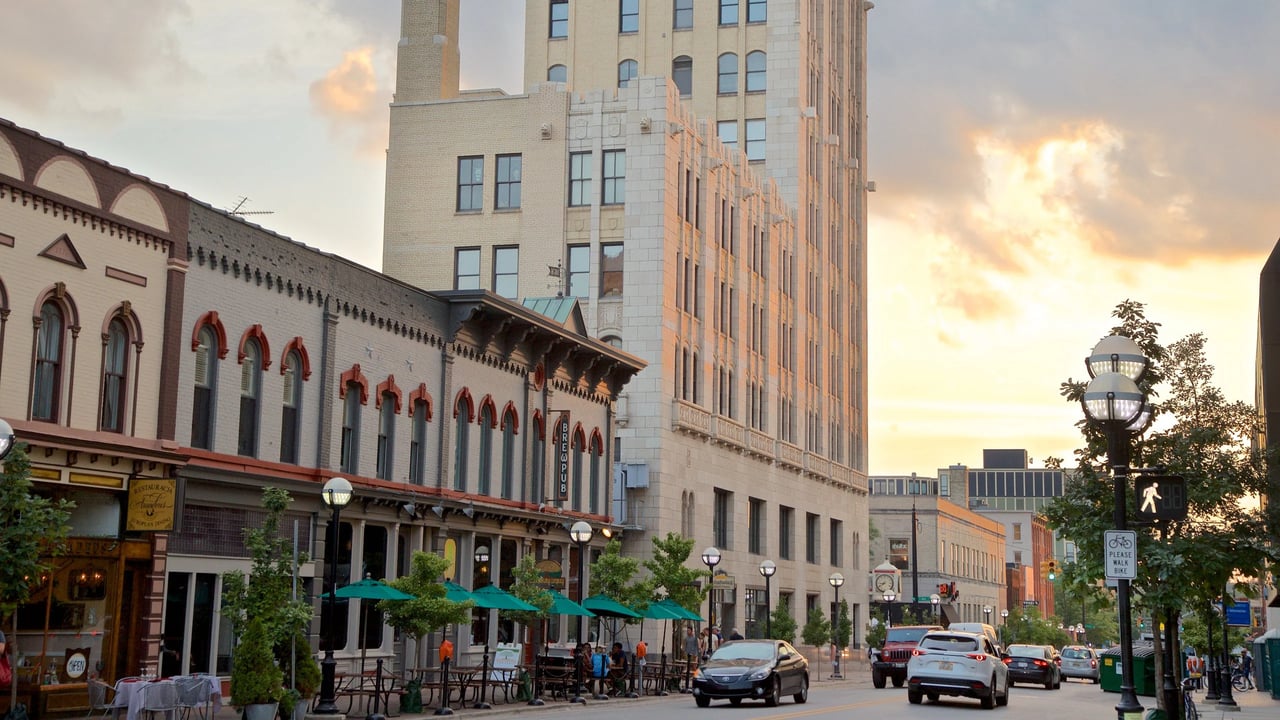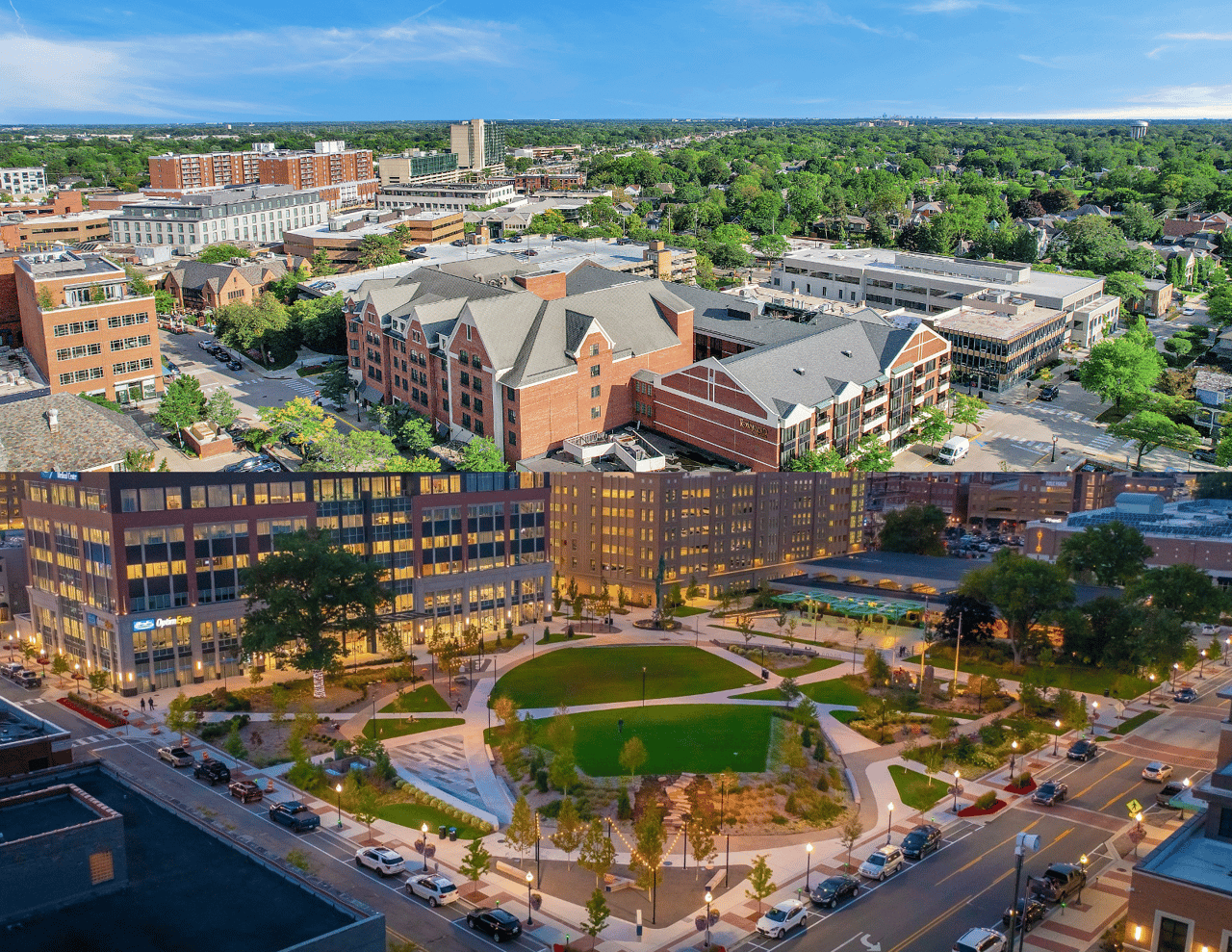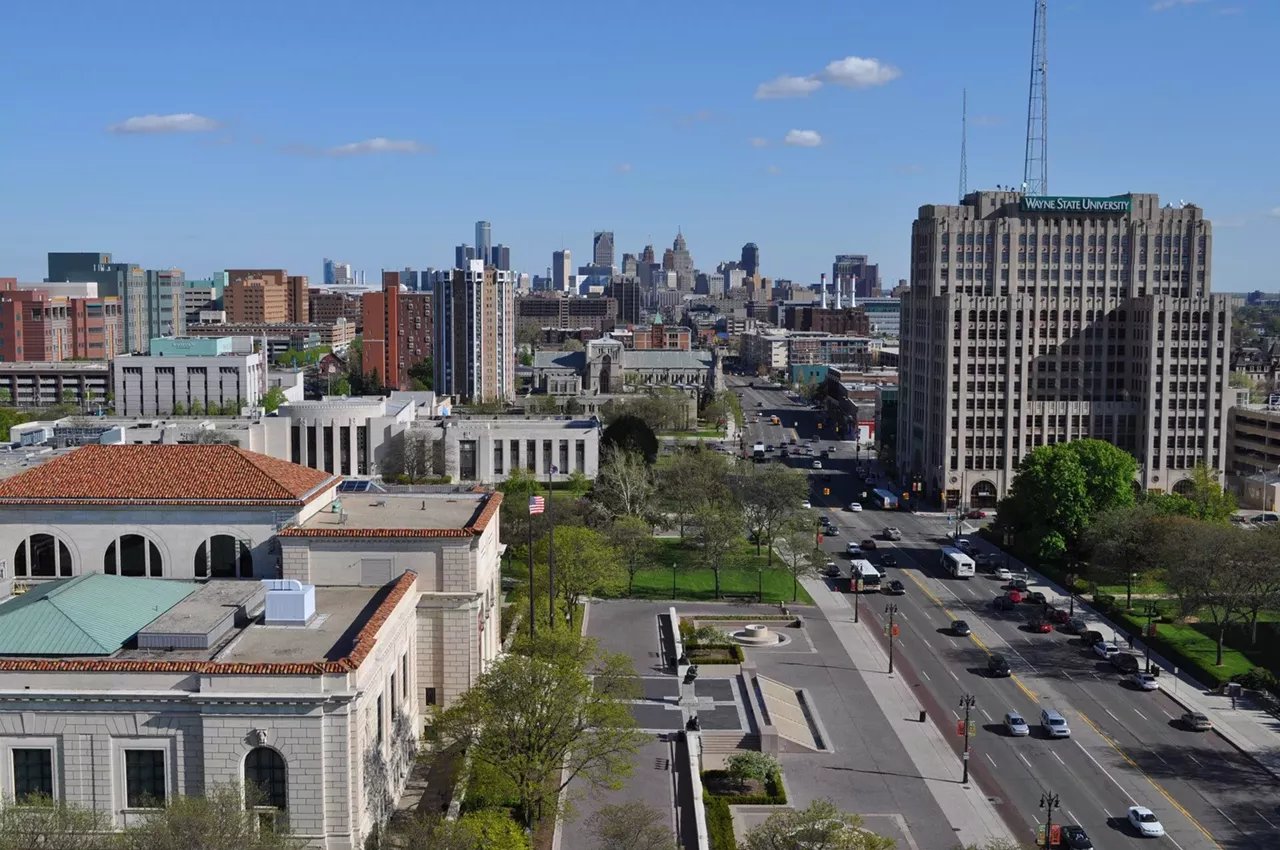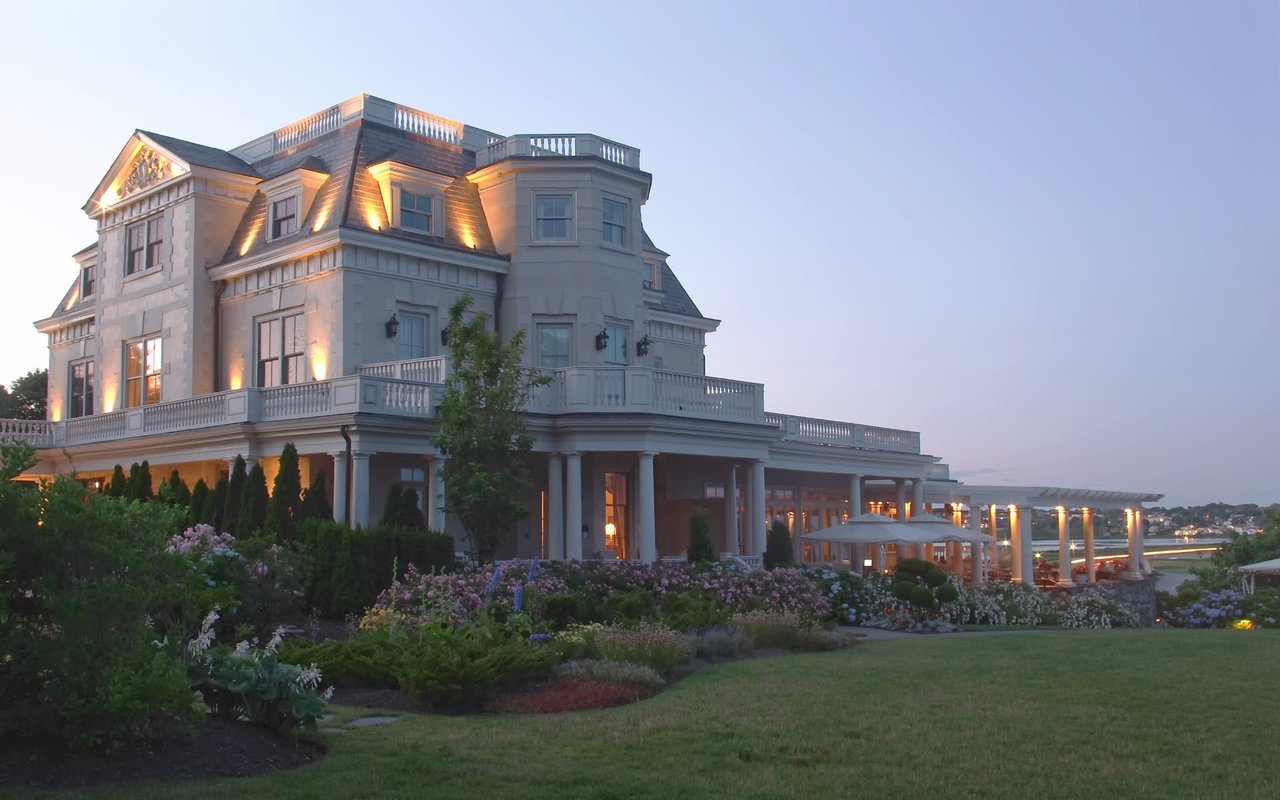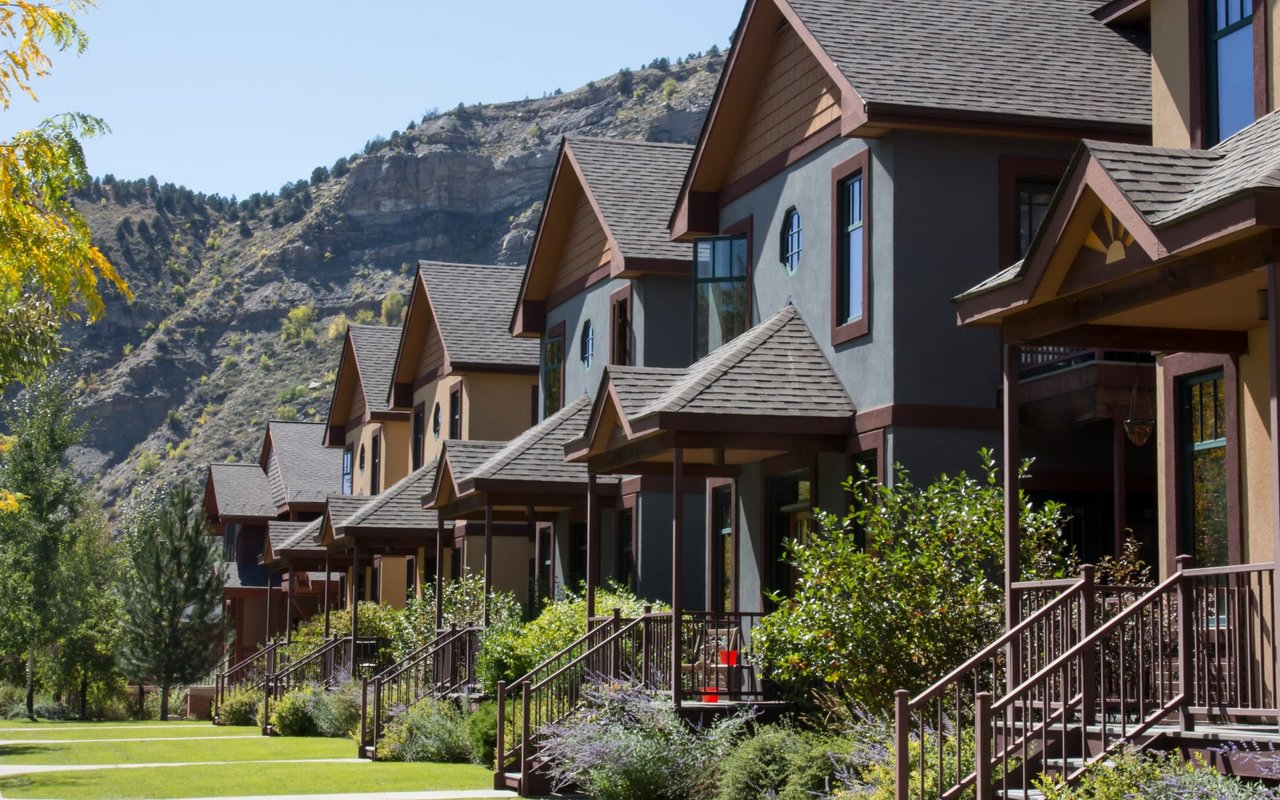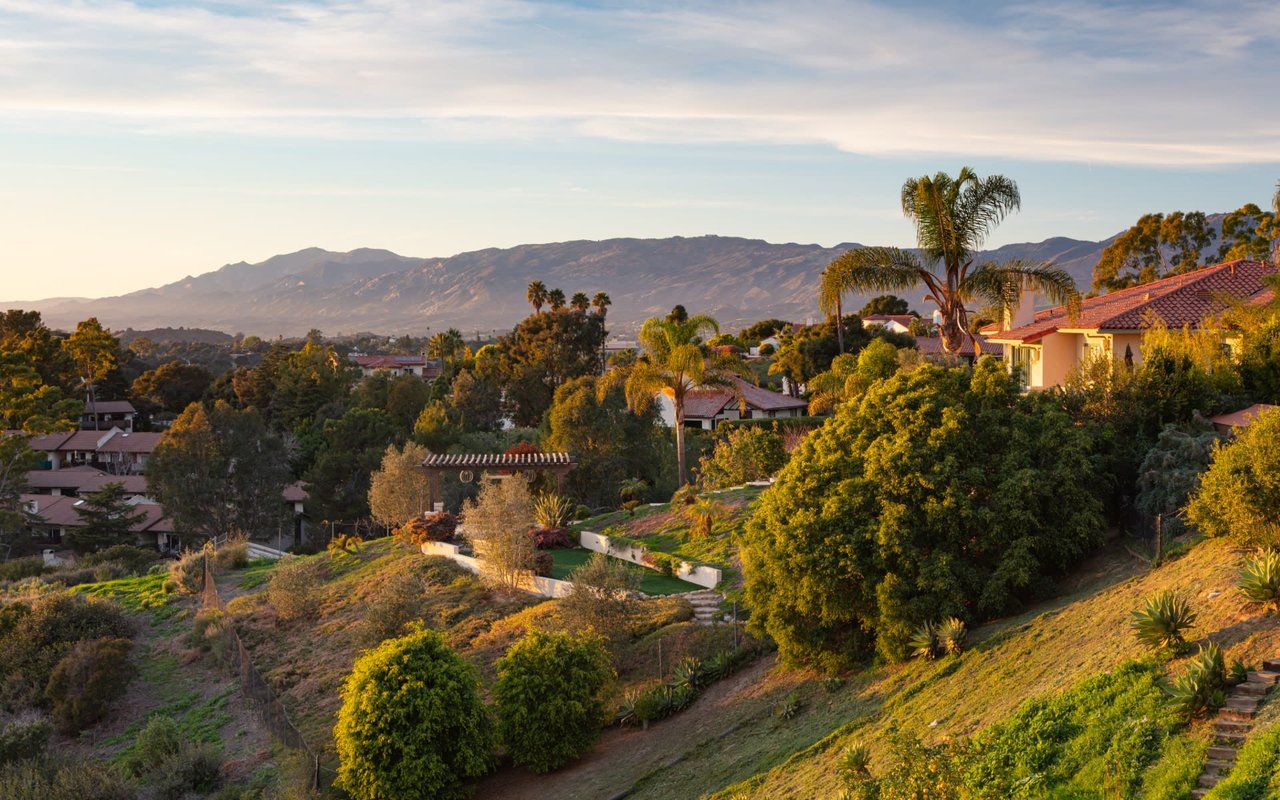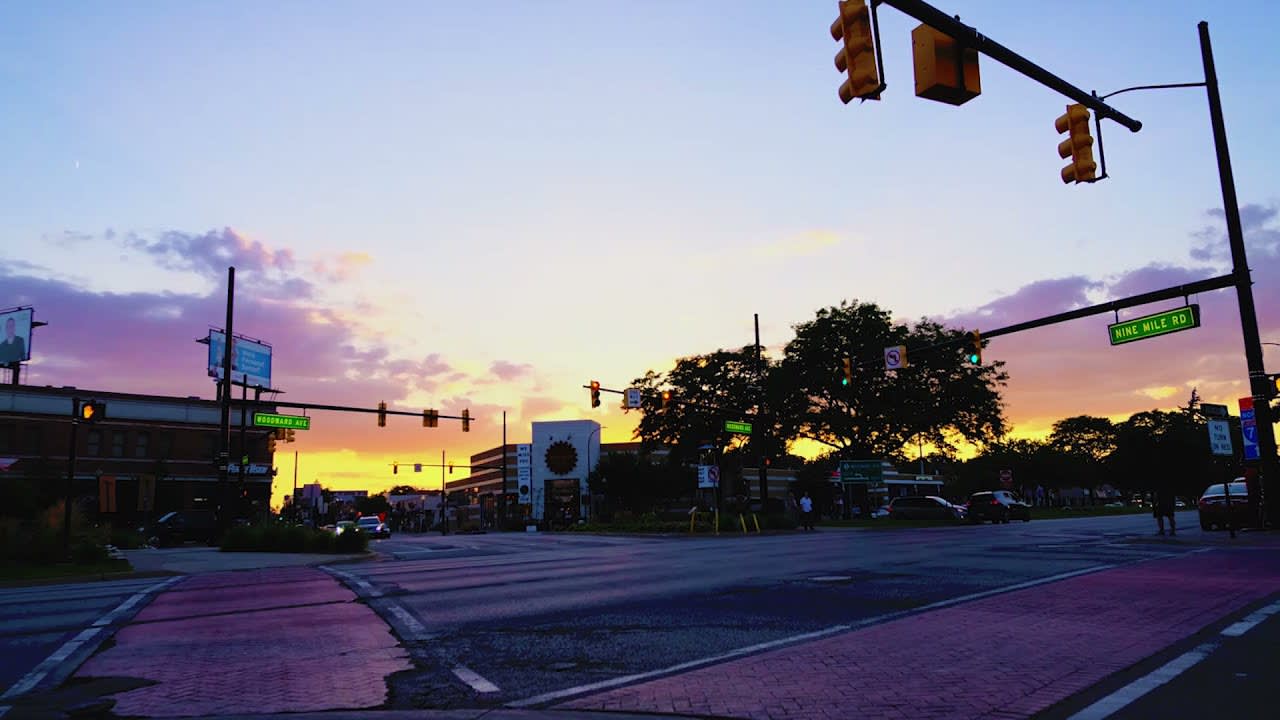The real estate market is dynamic and cyclical, characterized by periods of growth, decline, and stabilization. Understanding the real estate cycle is essential for buyers, sellers, investors, and real estate professionals to make informed decisions.
The Real Estate Cycle Phases:
-
Boom: The boom phase, also known as the expansion phase, is characterized by rapid growth in property values, high demand, and increased construction activity. Key indicators of a boom include:
-
Rising Property Prices: During a boom, property prices escalate due to high demand and limited supply. This creates a seller’s market, where sellers have the advantage.
-
High Demand: Economic prosperity, low-interest rates, and favorable lending conditions contribute to increased buyer activity. More people seek to purchase homes, leading to competitive bidding and higher prices.
-
Increased Construction: To meet the rising demand, builders ramp up construction of new homes, commercial properties, and infrastructure. This expansion phase can lead to an oversupply if not managed carefully.
-
Optimistic Market Sentiment: Confidence in the market is high, and investors are eager to capitalize on the rising prices. Speculative buying and investment activity increase, further driving up prices.
-
-
Bust: The bust phase, or contraction phase, follows the boom and is characterized by declining property values, reduced demand, and economic uncertainty. Key indicators of a bust include:
-
Falling Property Prices: Property values begin to decline as demand diminishes. This can result from various factors, including economic downturns, rising interest rates, and oversupply of properties.
-
Decreased Demand: Economic instability, job losses, and tighter lending standards lead to reduced buyer activity. Potential buyers may delay purchases, anticipating further price drops.
-
Increased Inventory: As demand decreases, the market experiences an oversupply of properties. Unsold homes and commercial properties accumulate, putting downward pressure on prices.
-
Market Corrections: During a bust, the market undergoes corrections to realign prices with actual value. This phase can be challenging for sellers, who may need to lower prices to attract buyers.
-
-
Recovery: The recovery phase, or stabilization phase, follows the bust and marks a period of gradual improvement in the real estate market. Key indicators of recovery include:
-
Stabilizing Property Prices: Property values begin to stabilize as the market finds its equilibrium. Prices may still be lower than during the boom, but they stop declining and start to level off.
-
Renewed Buyer Interest: As economic conditions improve and confidence returns, buyers re-enter the market. Favorable interest rates and lending conditions encourage home purchases and investments.
-
Reduced Inventory: The excess inventory from the bust phase gradually diminishes as properties are sold. Builders become more cautious, preventing oversupply and contributing to market stability.
-
Gradual Economic Improvement: Economic indicators, such as job growth, consumer spending, and GDP, show positive trends. This improvement supports the real estate market’s recovery and fosters a balanced market.
-
Factors Influencing the Real Estate Cycle:
-
Economic Conditions: The overall health of the economy significantly impacts the real estate cycle. Factors such as employment rates, inflation, and GDP growth influence buyer confidence and spending power.
-
Interest Rates: Interest rates set by central banks affect borrowing costs. Low-interest rates encourage borrowing and stimulate demand, while high-interest rates can reduce affordability and slow down the market.
-
Government Policies: Government policies, including tax incentives, subsidies, and regulatory changes, can influence real estate activity. Policies aimed at stimulating or cooling the market impact the cycle’s phases.
-
Supply and Demand: The balance between supply and demand is a crucial determinant of the real estate cycle. Overbuilding during a boom can lead to oversupply, triggering a bust, while limited supply during recovery can drive prices up.
-
Investor Sentiment: Market sentiment and investor behavior play a significant role. Optimism and speculative activity can fuel booms, while pessimism and caution can exacerbate busts.
Navigating the Real Estate Cycle:
-
For Buyers:
-
During a Boom: Exercise caution and avoid overpaying in a competitive market. Focus on properties with long-term value and consider the potential for future price corrections.
-
During a Bust: Look for opportunities to purchase properties at lower prices. Ensure financial stability and secure favorable financing terms. Be prepared for potential further declines before recovery.
-
During Recovery: Take advantage of stabilizing prices and favorable financing conditions. Focus on properties with growth potential and consider the long-term benefits of homeownership or investment.
-
-
For Sellers:
-
During a Boom: Capitalize on high demand and rising prices. Price your property competitively to attract multiple offers and maximize your profit.
-
During a Bust: Be realistic about pricing and market conditions. Consider waiting for the market to stabilize if possible. Enhance your property’s appeal through staging and improvements to attract buyers.
-
During Recovery: Position your property to benefit from renewed buyer interest. Highlight the property’s value and potential as the market improves.
-
-
For Investors:
-
During a Boom: Focus on properties with solid fundamentals and long-term potential. Avoid speculative investments and ensure diversification to mitigate risks.
-
During a Bust: Look for undervalued properties and distressed assets. Consider long-term strategies and be patient for market recovery.
-
During Recovery: Invest in areas showing signs of economic improvement and population growth. Take advantage of favorable financing conditions and position yourself for future market growth.
-
Understanding the real estate cycle—boom, bust, and recovery—is essential for making informed decisions in the property market. By recognizing the indicators and factors influencing each phase, buyers, sellers, and investors can navigate the market more effectively and capitalize on opportunities.
For personalized guidance and expert assistance, consult with Sam Kaplunov – your trusted advisor in all real estate matters.













